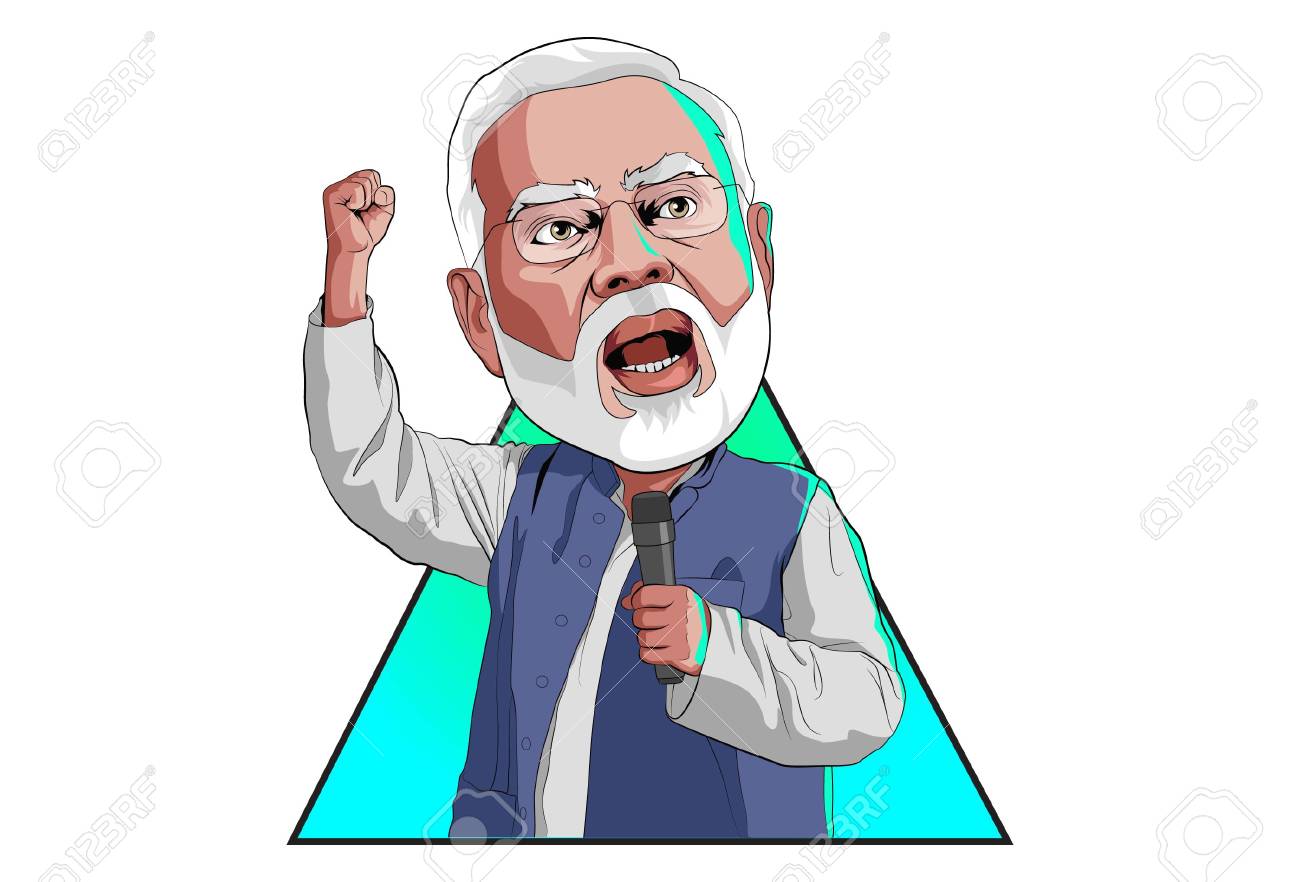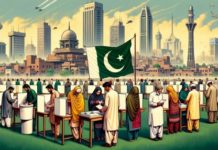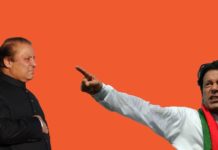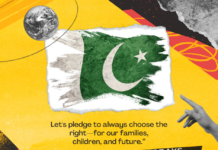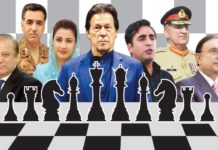Since its inception India owns a heterogeneous society. It is complicate to harness a heterogeneous society in the bonds of unity due to its inherent intricate problems. The diversifying forces of religion, culture and language classify its present composition and structure as rather fallacious. There are strong movements and simmering aspirations seeking for greater autonomy and even independence. The secular philosophy of India, which sought to achieve unity through diversity, is now faced with challenges of rising communalism and caste-ism heralded by Hindutva. Majority of Indian populace is Hindu – a faith based on caste and creed system. This lava can erupt any time quaking the pillars of Secularism on which Indian Union is resting.
Religious Diversity.
Indians’ tall claim of being a secular state ring hollow every time there are communal rights struggle, especially between Hindus and Muslim. The Sikh insurgency is also proof of the same. Hinduism remains the unofficial religion of India and is one of the greatest potential causes of disintegration of India.
Social Diversity.
The Indian society has three tiers of its own, i.e the Brahamin, the Rajanya/Kashatriya and the Vaish classes. Conquered native slaves are called “Shudras”.
Religious Demands/Social Justice.
Mostly Muslims and newly converted Christians from the lower castes demand the right and freedom of religious practices and expression.
Communal Riots.
Communal riots are organized ostensibly over religious sensitive issues. In the recent past, we have seen increase in the riots between Hindus and Muslims mainly because of Babri Mosque in 1992 and Gujrat Issue in 2002. Gujrat riots were the worst ever since Indian existence. State machinery was a silent spectator as mass killings took place in front of the government agencies.
Poverty.
In spite of the great economic boom of the nineties, India still ranks amongst few poorest countries in the world. This is a source of great discontentment amongst the lower tiers of society who feel left out of the economic bounties that their country has received in the last 10-15 years.
Human Rights Violations.
The very foundations of a Hindu society are based on the principle of social inequality according to caste status. India successfully put on the facade of a strictly secular state for many decades but that has recently started to wear off. In addition its human rights violations against minorities especially against Muslims in Kashmir and Sikhs in Punjab and the social boycott of newly converted Christians from the lower castes have prompted the international human rights organizations to cry foul.
North- Eastern India.
As a region, the North –Eastern India is the most volatile and unstable part of India. The people of this region proudly preserve their unique identity and react violently against measures by the government to distort the same.
Khalistan.
Sikhs aligned themselves with India for better gains however they later realised that promises made by the Hindus were not being fulfilled which forced them to stand against the government and Indian Government faced serious challenge to its integration which still looms over their heads. Hindus living in the area feel insecure and situation is not totally under the control of Indian Government.
Kashmir.
The Kashmiri freedom struggle started in 1987 gaining real momentum in the early nineties. India has deployed nearly seven hundred thousand troops in the valley. Over a hundred thousand Kashmiri have laid down their lives in the face of the worst brutalities that could be perpetrated by a state but their resolve is undaunted.
Religious Extremism.
Muslims are the biggest minority in India. It was Muslims which divided sub continent in 1947 and the present threat in Indian held Kashmir is also from the Muslims. Human rights violations have always been reported in India with an obvious element of aggression against the Muslim community. Various minorities in India, could not face the onslaught of Hindutva and started converting to Hindu religion. Though according to recent legislature, its not easy to convert from one religion to another but still many are converting. The religious groups in Pakistan with an anti Hindu motto use this as a tool to publicize their manifesto and instigate resentment among the people of Pakistan by playing with their emotions. Such inclinations
of these conformist religious forces in Pakistan are prone to suffer an anti state influence.
Human Rights.
Human rights violations in a society give boost to the dissident elements in accomplishing their nefarious motives. Such violations in India have not only proved detrimental to the system of good governance but have also tarnished the image of India in international community.


